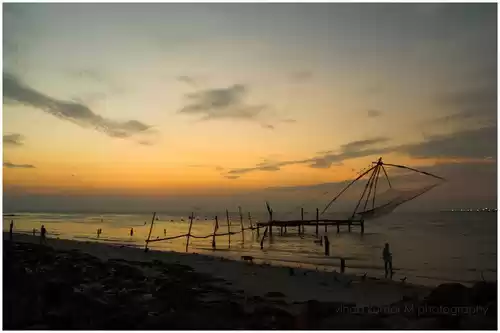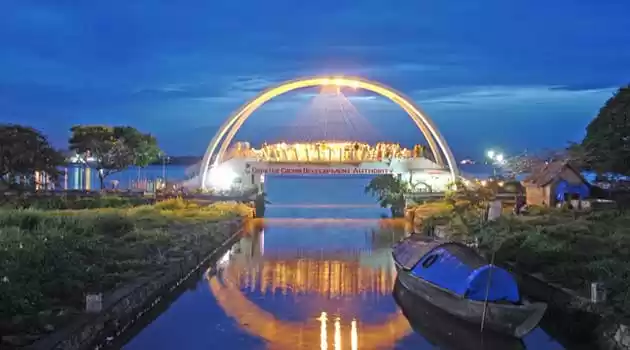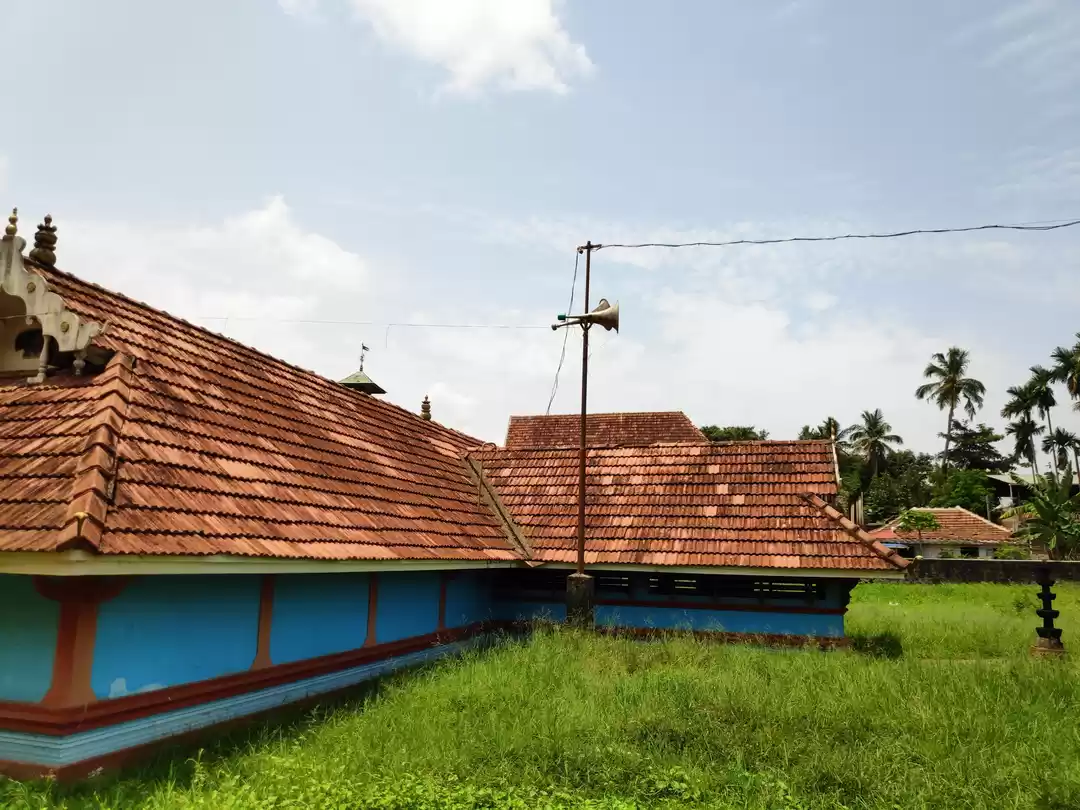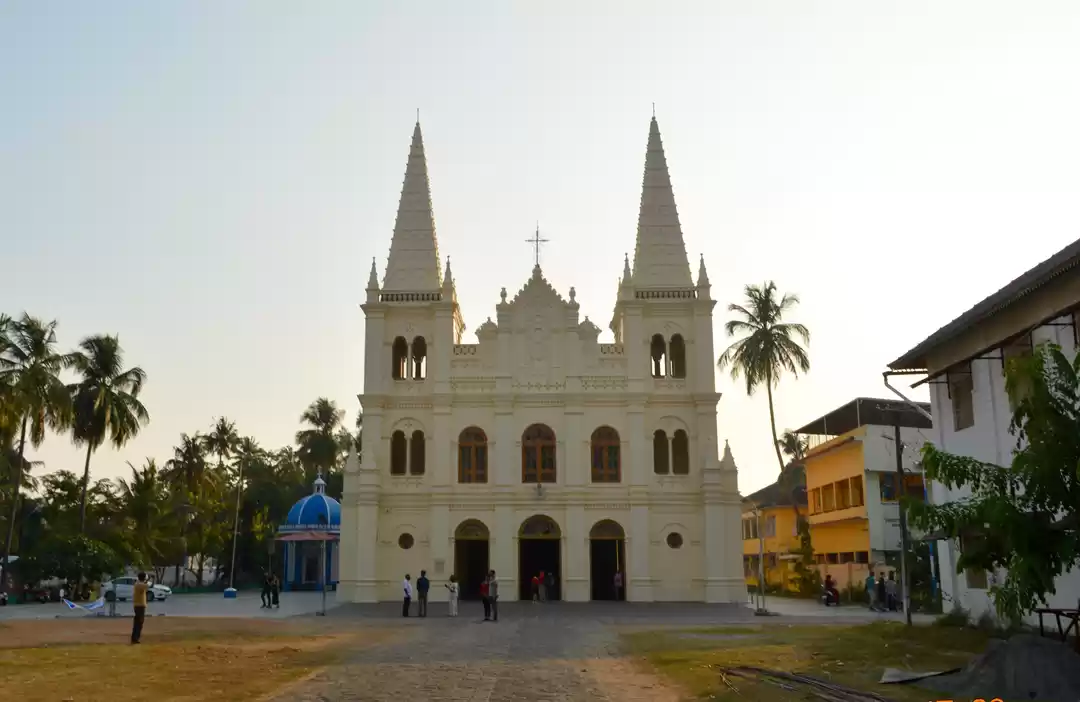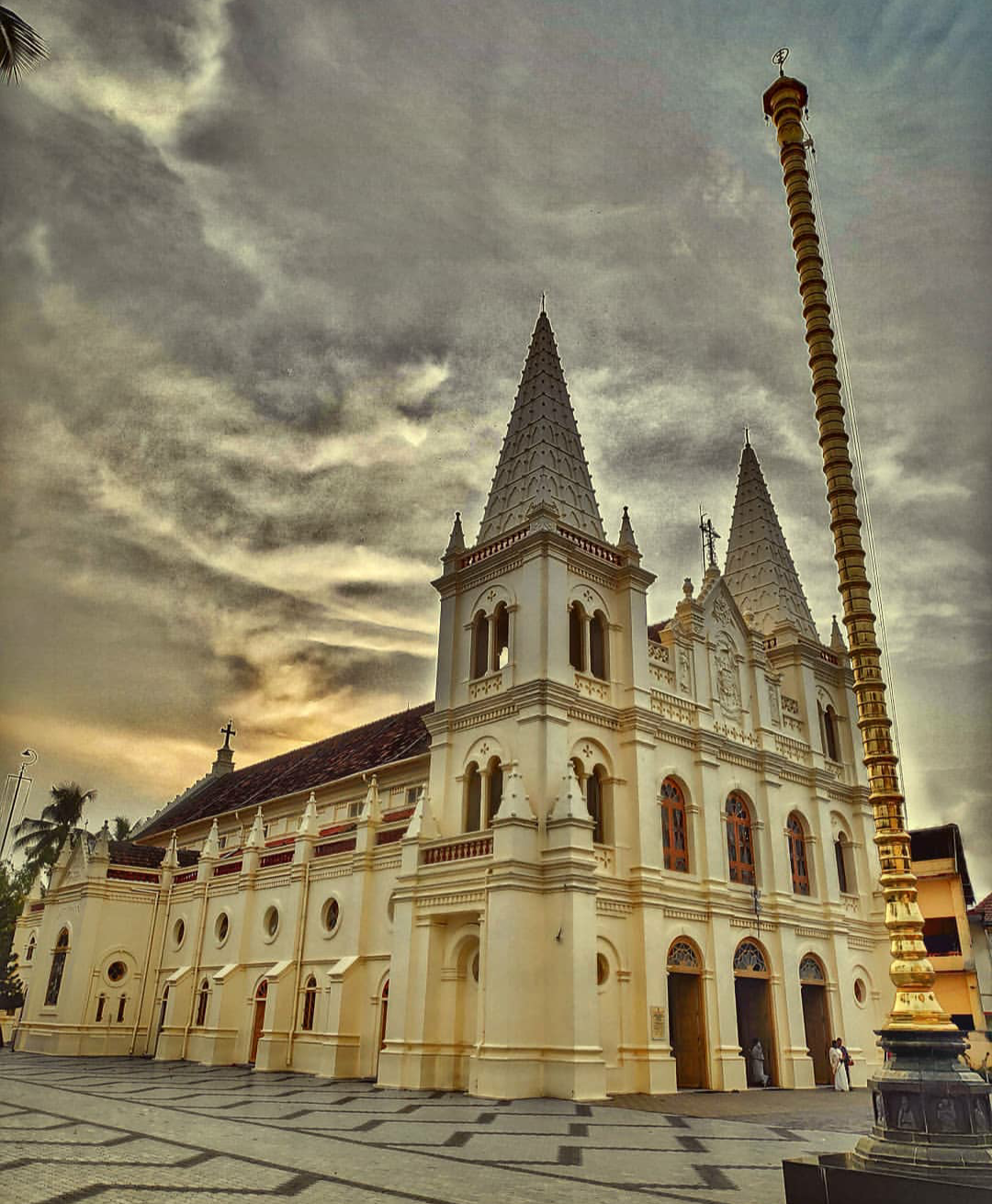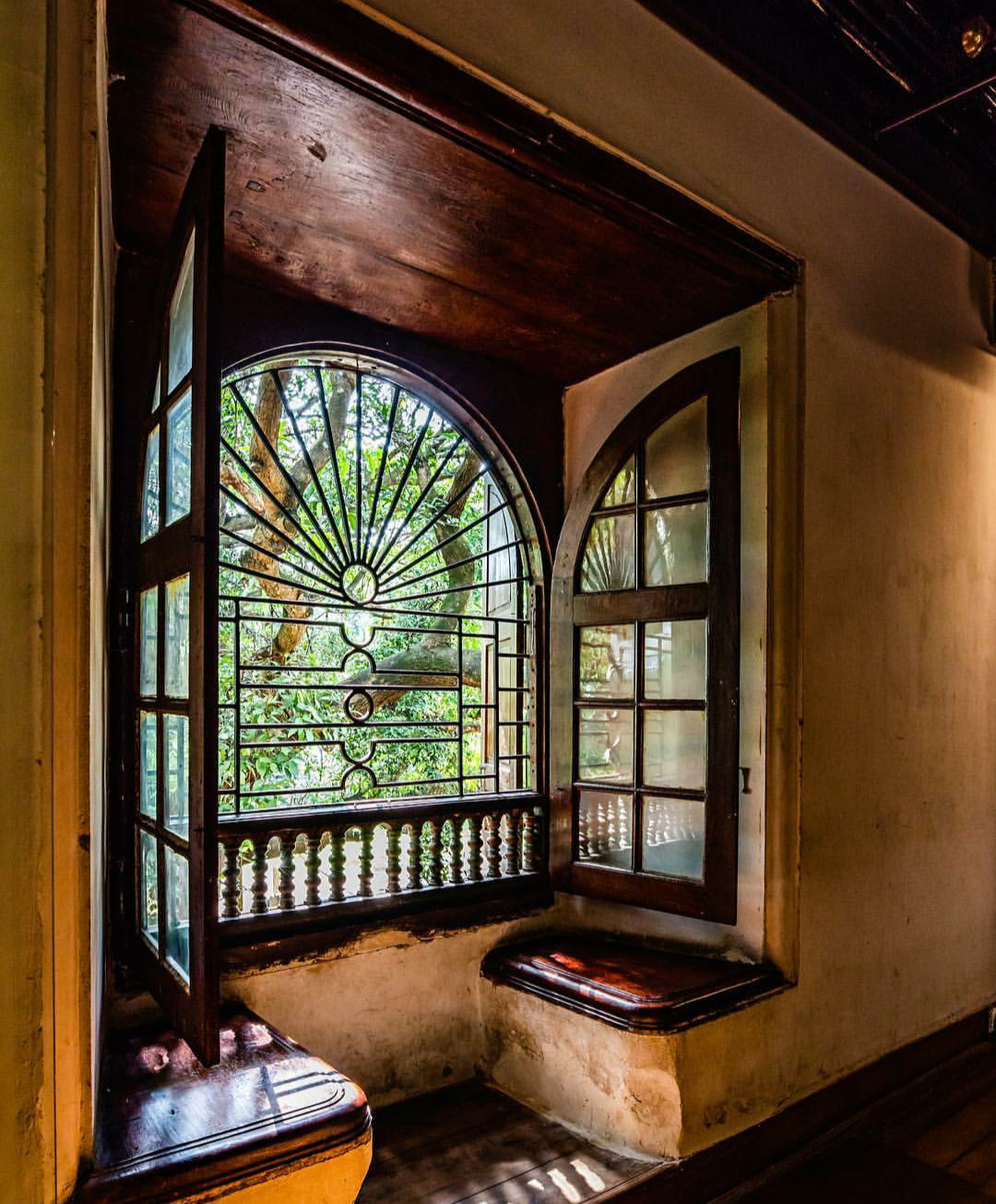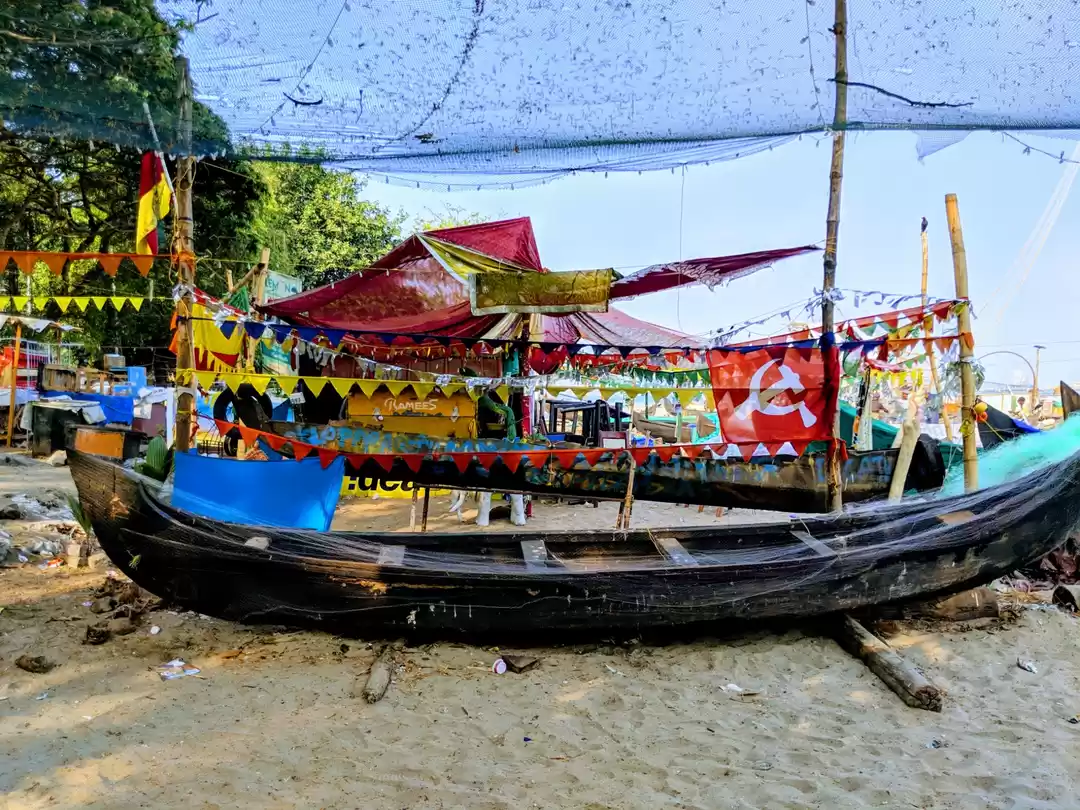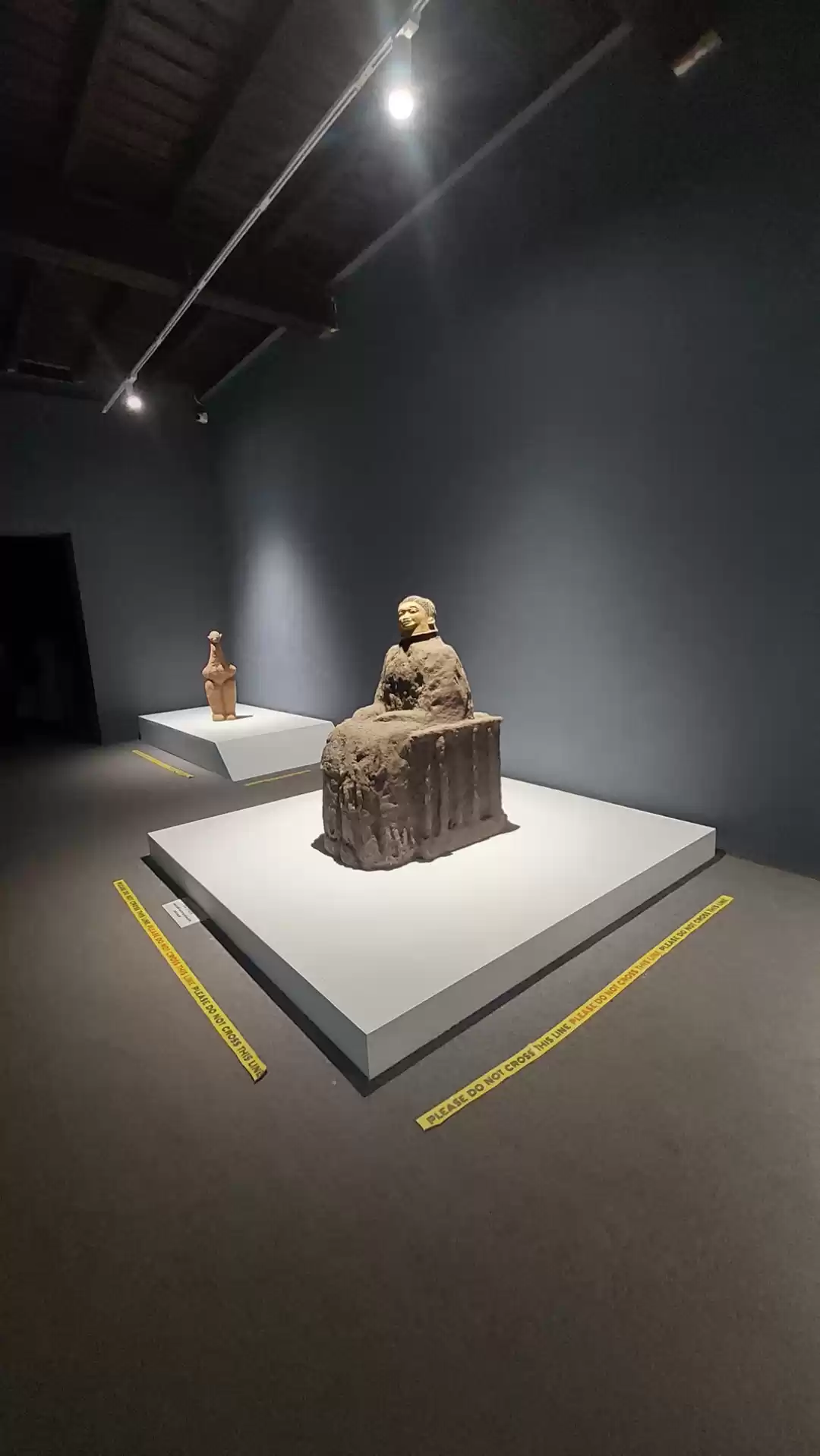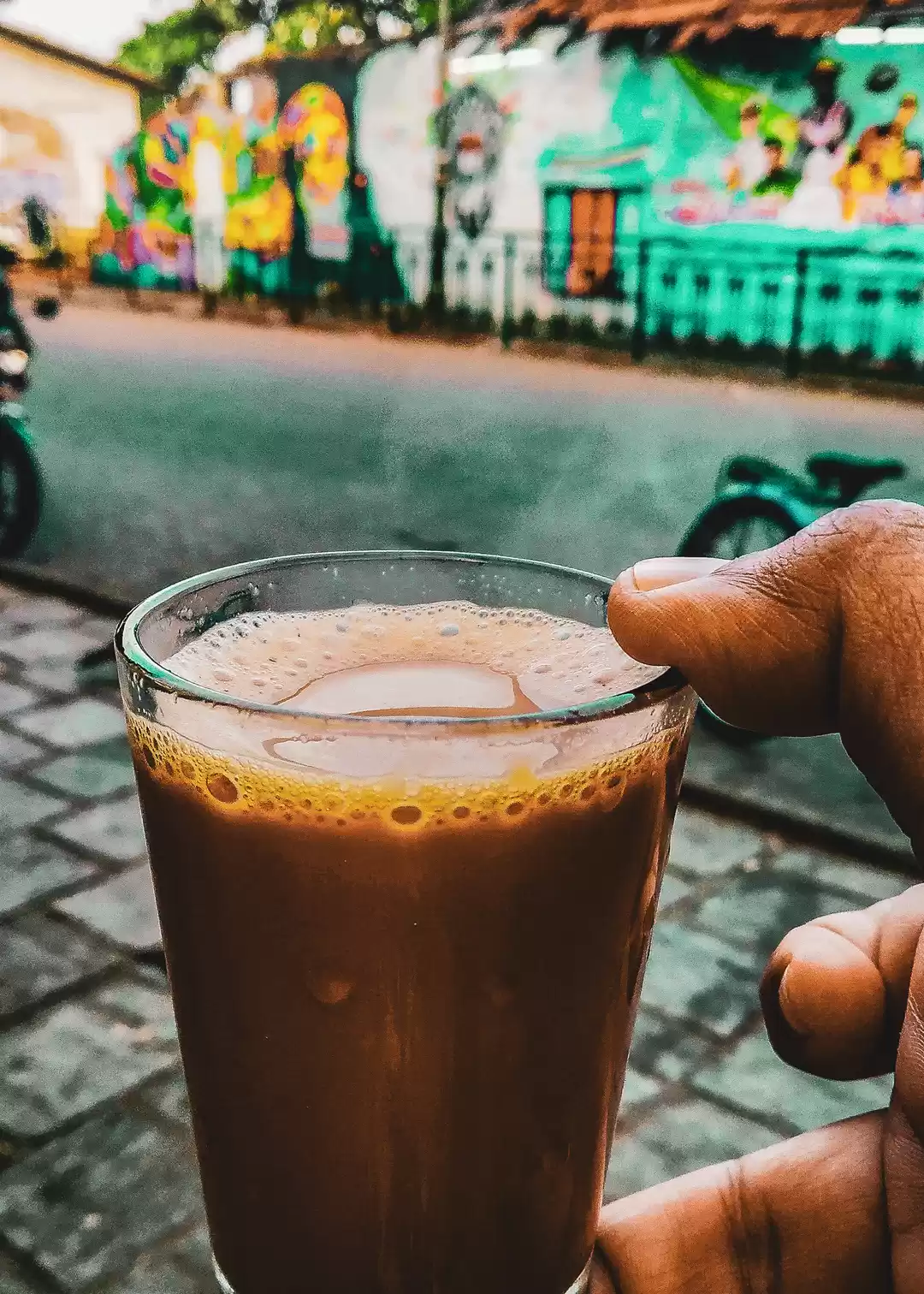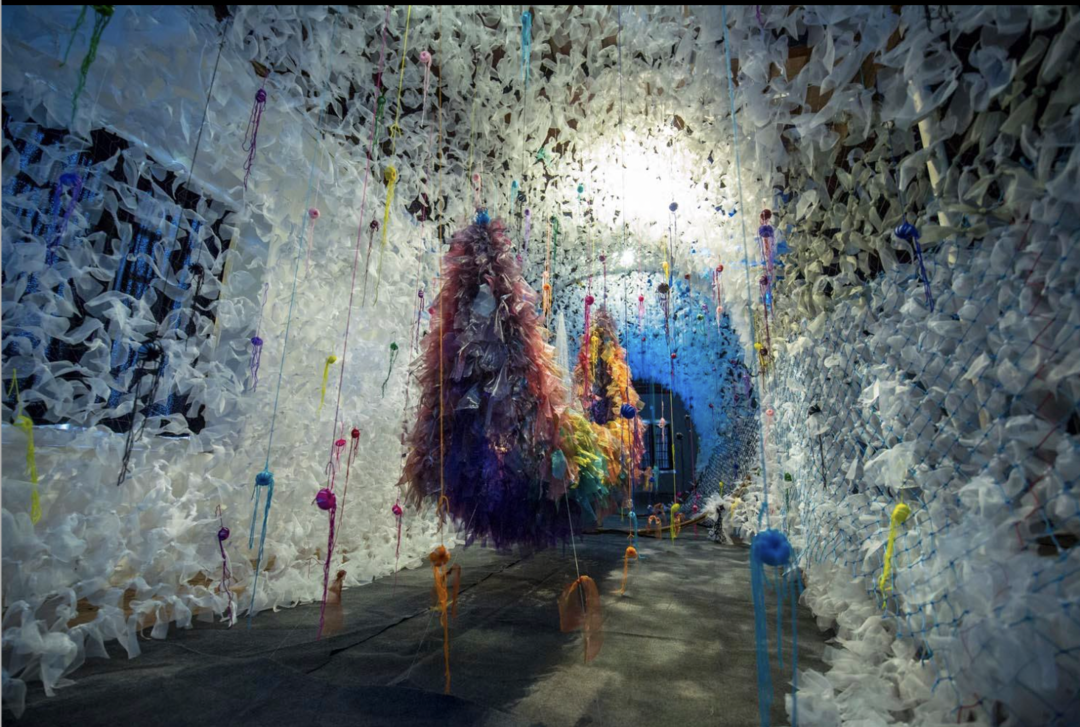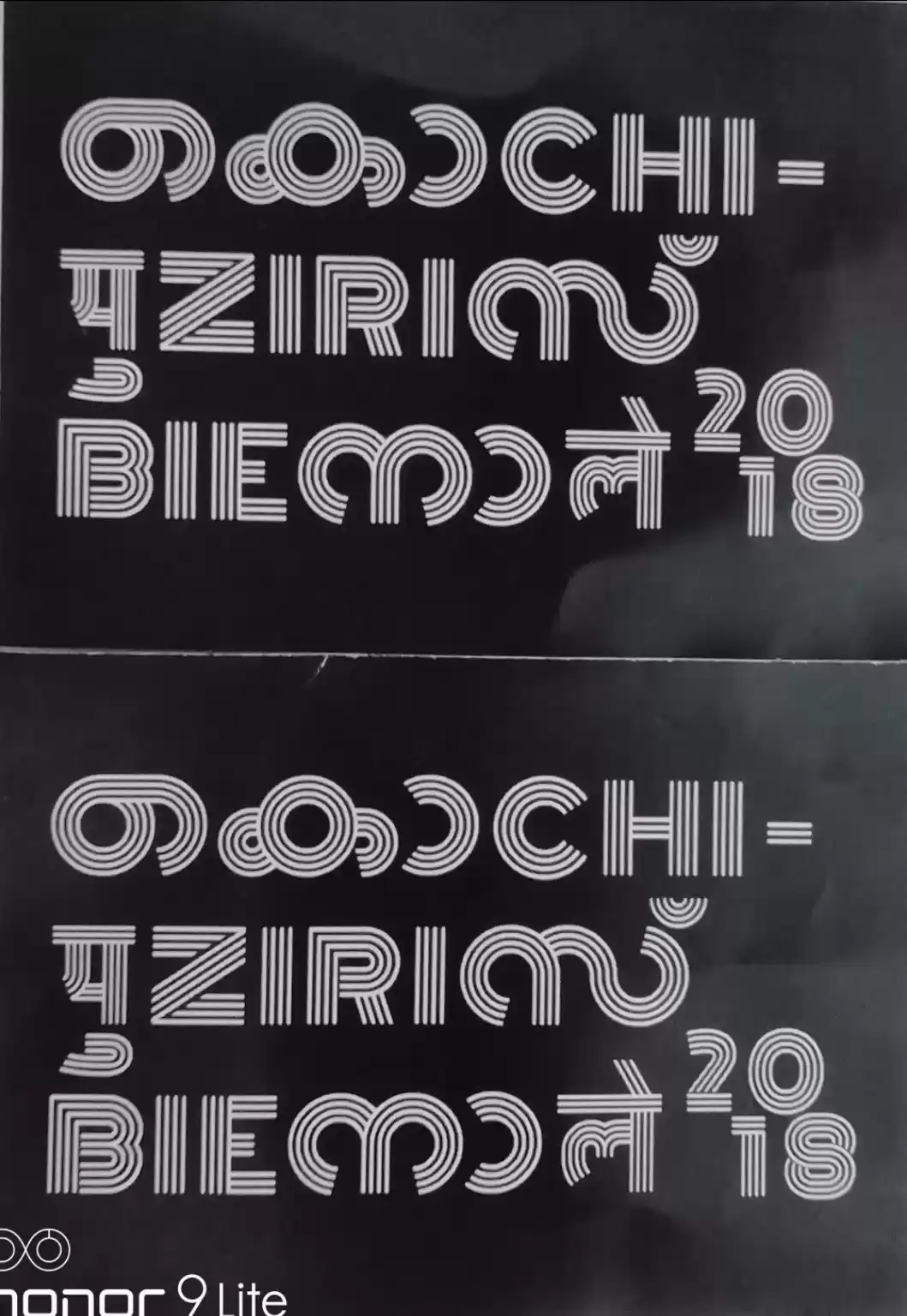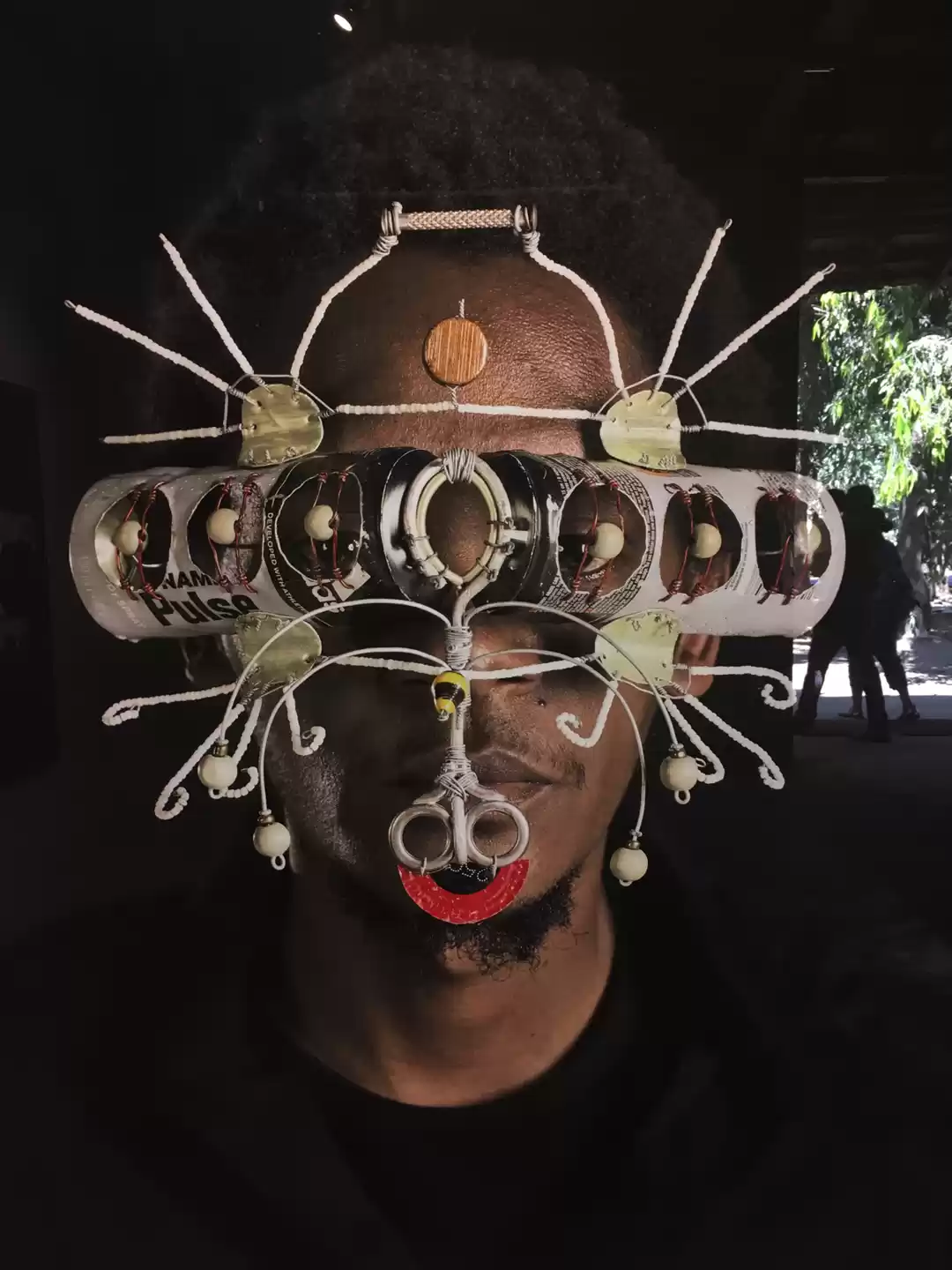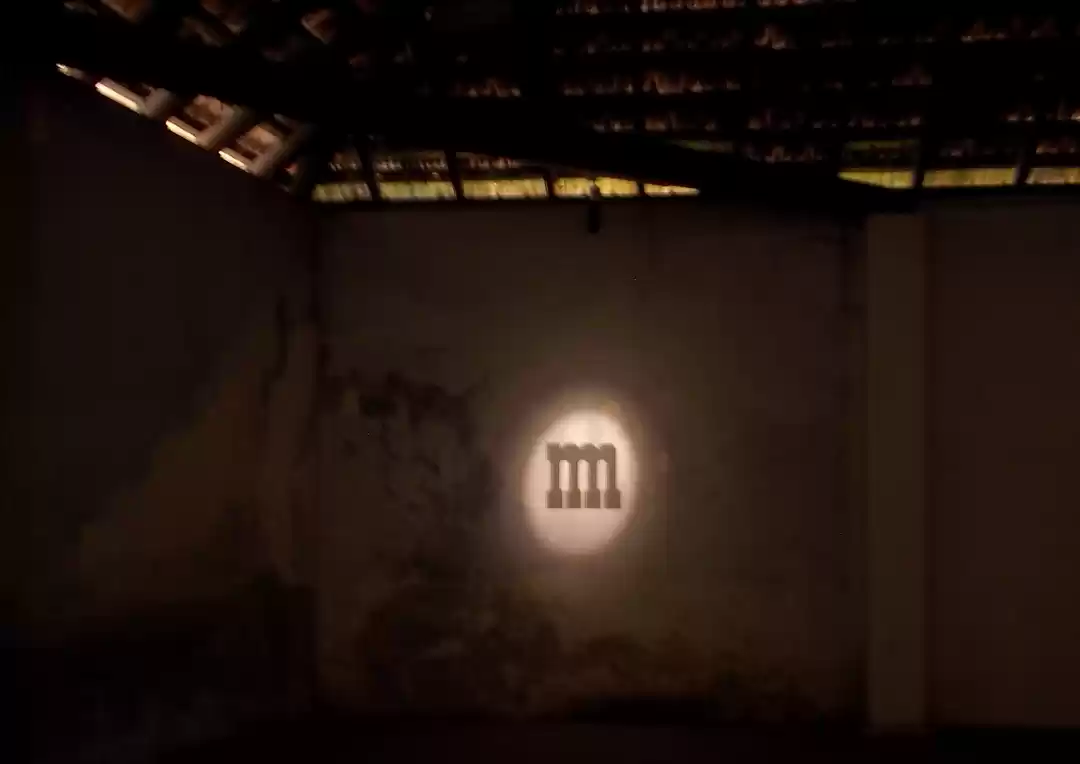If you are a fan of contemporary art, culture, and history, you should not miss the Kochi biennale, India’s largest and most prestigious contemporary art exhibition, held every two years in the historic city of Kochi, Kerala. The Kochi biennale showcases the works of nearly 90 artists from around the world, who explore diverse themes and mediums, ranging from paintings, sculptures, installations, films, music, and more.
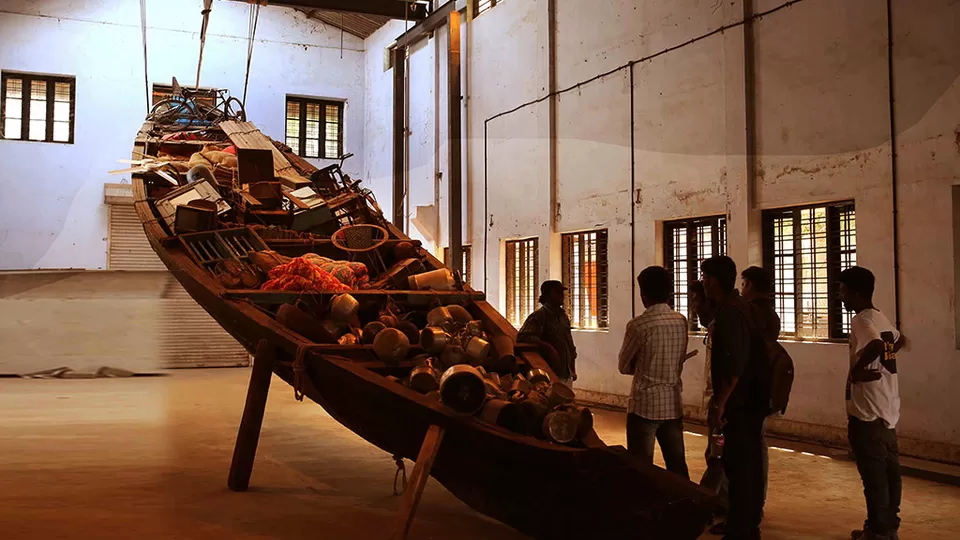
The biennale also offers a variety of events and programmes, such as film festivals, music festivals, workshops, seminars, and lectures, that engage and educate the visitors on various aspects of art and society. The biennale is spread across 12 venues in Fort Kochi and Mattancherry, which are rich in heritage and culture, and offer a unique backdrop for the artworks.
The biennale runs for four months, from December to April, and attracts thousands of visitors from across the country and abroad. In this article, we will tell you everything you need to know about the Kochi biennale, its history, its theme, its artists, its events, its venues, and its tickets. Read on to find out why the Kochi biennale is a must-visit destination for contemporary art lovers.
History and Background of the Kochi Biennale
The Kochi biennale was founded in 2012 by two prominent Indian artists, Bose Krishnamachari and Riyas Komu, who envisioned a platform for showcasing contemporary art in India and creating a dialogue between artists and audiences. The biennale was inspired by the ancient port city of Muziris, which was a hub of trade and cultural exchange between India and the world.
This fest aims to revive the spirit of Muziris by bringing together artists from different regions and backgrounds, and fostering a sense of community and collaboration among them. The biennale also seeks to promote art education and awareness among the public, especially the youth and children, by involving them in various programmes and activities.
The biennale is organized by the Kochi-Muziris Biennale Foundation (KMBF), a non-profit trust that works with the support of the Government of Kerala, private sponsors, donors, and volunteers. The biennale has successfully completed four editions so far, each curated by a different artist or group of artists. The first edition was curated by Bose Krishnamachari and Riyas Komu themselves; the second edition by Jitish Kallat; the third edition by Sudarshan Shetty; and the fourth edition by Anita Dube. The fifth edition is currently underway.

Theme and Curator of the Kochi Biennale 2022-23
The theme of the fifth edition of the Kochi biennale is “In Our Veins Flow Ink and Fire”, curated by Shubigi Rao, a Singapore-based writer-artist who represented Singapore at the Venice Biennale 2022 with her “Pulp” project. The theme reflects Rao’s interest in storytelling as a strategy to explore the complex relationships between art, history, politics, ecology, and technology. Rao says that the theme is inspired by her own personal journey as an artist who uses ink and fire as metaphors for creativity and destruction.
She says that the theme also resonates with the current global situation of crisis and uncertainty, where art can act as a catalyst for change and hope. Rao has selected 88 artists from 25 countries to participate in the biennale, who share her vision of using storytelling as a way to challenge dominant narratives and power structures. The artists include established names as well as emerging talents from various disciplines and backgrounds.
Some of the notable artists are Haegue Yang (South Korea), Anne Samat (Malaysia), Zhanna Kadyrova (Ukraine), Jithinlal NR (India), Seher Shah (Pakistan), Mekh Limbu (Nepal), Richard Bell (Australia), among others.
Artists and Artworks of the Kochi Biennale 2022-23
The artists and artworks of the fifth edition of the Kochi biennale are divided into three categories: new commissions, flagship programmes, and local programmes. The new commissions are artworks that are specially created for the biennale by the invited artists. These artworks reflect on various aspects of the theme “In Our Veins Flow Ink and Fire”, such as identity, memory, resistance, violence, ecology, and technology. Some of the new commissions are:

Haegue Yang’s “Sonic Droplets – Steel Buds”, a sound installation that uses steel bells to create a sonic landscape that evokes the history and culture of Kochi.
Anne Samat’s “Cannot Be Broken, Won’t Live Unspoken”, a textile installation that uses traditional weaving techniques to create a colorful and intricate tapestry that celebrates the diversity and resilience of women.
Zhanna Kadyrova’s “Palianytsia”, a ceramic installation that recreates the tiles of a destroyed supermarket in Ukraine, where the artist witnessed the war and its aftermath.
Jithinlal NR’s “Wounds and Stars”, a series of paintings and drawings that use the human leg as a recurring motif to represent the oppression and marginalization of the Dalit community in India.
Seher Shah’s “Object Relic Unseen Index”, a mixed-media installation that uses architectural elements, photographs, and drawings to explore the city as a site of identity, conflict, and resilience.
You may also like to read: Our Bucket List for Fort Kochi - The Traveller Lens

The flagship programmes are artworks that are part of the biennale’s ongoing initiatives to support and showcase young and emerging artists from India and abroad. These programmes include:
Art by Children (ABC), a programme that involves children from various schools in Kochi and Kerala in creating artworks based on their own experiences and imaginations.
Students’ Biennale (SB), a programme that involves students from various art colleges in India in creating artworks based on their own research and practice.
Artists’ Cinema (AC), a programme that involves filmmakers from various countries in screening their films based on their own perspectives and expressions.
The local programmes are artworks that are part of the biennale’s efforts to engage with the local community and culture of Kochi and Kerala. These programmes include:
Music of Muziris (MoM), a programme that involves musicians from various genres and traditions in performing their music at various venues in Kochi.
Theatre of Muziris (ToM), a programme that involves theatre artists from various forms and languages in performing their plays at various venues in Kochi.
Literature of Muziris (LoM), a programme that involves writers from various genres and languages in reading their works at various venues in Kochi.
Events and Programmes of the Kochi Biennale 2022-23
The events and programmes of the fifth edition of the Kochi biennale are designed to enhance the visitor’s experience and understanding of the biennale’s theme, artists, and artworks. The events and programmes include:

Opening Ceremony, a grand event that marks the official inauguration of the biennale, with speeches by dignitaries, performances by artists, and fireworks by pyrotechnicians.
Closing Ceremony, a grand event that marks the official conclusion of the biennale, with speeches by organizers, awards by jury members, and celebrations by visitors.
Film Festival, a festival that showcases films from various countries and genres, curated by renowned film personalities, such as Adoor Gopalakrishnan, Anurag Kashyap, Shyam Benegal, etc.
Music Festival, a festival that showcases music from various genres and traditions, curated by renowned music personalities, such as A.R. Rahman, Zakir Hussain, Shubha Mudgal, etc.
Workshops, seminars, lectures, panel discussions, etc., that provide opportunities for visitors to learn from experts, interact with artists, exchange ideas with peers, etc.
Venues and Tickets of the Kochi Biennale 2022-23
The venues and tickets of the fifth edition of the Kochi biennale are designed to make the biennale accessible, affordable, and convenient for visitors. The venues and tickets include:
Venues: The biennale is spread across 12 venues in Fort Kochi and Mattancherry, which are historic buildings or sites that have been converted into exhibition spaces. The venues are: Aspinwall House, Pepper House, Anand Warehouse, Cabral Yard, David Hall, Durbar Hall, Kashi Art Gallery, Kashi Town House, MAP Project Space, TKM Warehouse, Uru Art Harbour, Vasco da Gama Square
Tickets: The tickets for the biennale are available online or at the venue. The tickets are priced as follows:
Students and Children: INR 50
Senior Citizens: INR 100
Adults: INR 150
Weekly: INR 1000
Monthly: INR 4000
Transportation: The transportation for the biennale is available by various modes, such as buses, taxis, autos, ferries, etc. The transportation is convenient and affordable, as the venues are well-connected by roads and waterways. The transportation also provides a scenic view of the city and its surroundings.
The Kochi biennale is a must-visit destination for contemporary art lovers, as it offers a unique opportunity to witness and experience the works of some of the most talented and diverse artists from around the world.
The biennale also offers a variety of events and programmes that enrich and educate the visitors on various aspects of art and society. The biennale is set in the historic and cultural city of Kochi, which provides a stunning backdrop for the artworks.
The biennale is accessible, affordable, and convenient for visitors, as it provides venues, tickets, maps, and transportation that cater to their needs and preferences. If you are looking for a memorable and meaningful trip, you should not miss the Kochi biennale, India’s largest and most prestigious contemporary art exhibition.
To book your tickets and plan your itinerary, visit www.kochibiennale.org.
You may also like to read: Mark Your Calender for the 5th Edition of Kochi Muziris-Biennale! Here's All the Details!
We hope you enjoyed it and found it useful. Please share your feedback and comments below. We would love to hear from you.

















